Over the last 20 years, Fife has become one of Scotland’s top whisky destinations.
With five acclaimed distilleries to its name, the Kingdom has gained a worldwide reputation for its single malts.
It is also one of the country’s sunniest spots – ideal for growing barley, the main ingredient in Scotland’s national drink.
Yet, Fife – where the first ever written reference to whisky was recorded – does not hold the coveted status of being an official Scotch Whisky Region.
The county remains part of the Lowland region, despite having more distilleries than the official region of Campbeltown, which only boasts three.
Huge financial and legal benefits
Now, distillery owners, local politicians and the organisers of the famous Fife Whisky Festival have joined forces to call on the Scotch Whisky Association to add the kingdom to the list.
Becoming a Scotch Whisky Region could bring millions to the Fife economy from tourism and whisky sales and also protect the Fife whisky brand from overseas counterfeiters trying to trade on the name.
All of Scotland’s 142 distilleries are organised into one of five traditional whisky producing regions: Highlands and Islands, Speyside, Islay, Lowlands and Campbeltown.
Historically, this meant flavour profiles would be similar within each region due to similar processes and the use of local barley – however regional differences are now more marginal.
It would not be a quick fix
William Wemyss, managing director of family-owned Kingsbarns Distillery, believes SWA region status could greatly benefit both Fife whisky producers and the local economy but warned it would require “joined-up thinking”.
He told The Courier: “I would like to see Fife become a region in its own right but I do not think there is a quick fix and it is something that would have to be done right.
“For it to be effective, all the producers would have to come together and collaborate.
“We would all need to invest time and money to build the Fife name and ensure that it really worked.
“It has to go beyond just trading on the word region.
“You need to ensure you can resonate with the global market and that takes a lot of work – brainpower and investment.
“I think it would be a gradual process. I think there is real potential, but it won’t be easy.
“The Fife name has to stand for something in the markets of the US, China and Taiwan like Speyside and Islay do.
“It might mean something to local people but it has to also mean something overseas.”
Fife sunshine makes for great barley growing conditions
He continued: “Fife is currently part of the Lowland region, which covers a huge swathe of the country from Dumfries and Galloway to the Central Belt and up to Dundee.
“It’s a wide geographical area but there are similarities in the whiskies and it has worked fine until now.
“However, Fife has become more of a whisky destination in recent years and now has five distilleries.
“Fife whisky is still relatively new so it will take time to do it properly.
“Having the Fife Whisky Festival is a really positive thing. Hopefully it will become something people make an annual pilgrimage to like we see in Islay.
“Fife is also a great place to grow barley because of the hours of sunshine we get – and that is the key raw material in single malt whisky.”
Justine Hazlehurst, co-director of Fife Whisky Festival – which takes place from February 28 until March 2 next year – believes becoming a region would ensure greater protection for the Fife brand.
She said: “The reason these formalised regions were introduced was predominantly to protect the whisky-producing areas and I think Fife would benefit from this.
“I think Fife should now be afforded the same level of protection to ensure people on the other side of the world cannot trade on the name.
“They do have cover under the Lowland region, but it is not quite the same.
“Fife is relatively new as a whisky-producing region and is growing in popularity and I think official status would further enhance its reputation overseas.”
Local politicians have given the campaign their support and have promised to raise the matter with key decision makers.
Richard Baker, Labour MP for Glenrothes and Mid Fife said: “It is important to support this vital local industry and I am keen to discuss the proposal for Fife to become a designated whisky region, further promoting our local distilleries.
“Fife not only has a rich heritage in producing whisky, renowned throughout the world, but an exciting future as well.
“Glenrothes and Mid Fife is home to a number of distilleries, and I recently had the pleasure of visiting the InchDairnie Distillery.
“It is not only producing wonderful new whiskies, which will soon be launched worldwide, but is a living wage employer and investing significantly to power the distillery through clean energy.”
Melanie Ward, Labour MP for Cowdenbeath and Kirkcaldy said: “It is time that Fife was properly recognised for our contribution in this area.
“It has been particularly gratifying to see the industry’s support for local providers in the supply chain and for sustainability.
“I’m proud to be a member of the Scotch Whisky All Party Parliamentary Group, and will always support greater recognition for our crucial food and drink industry.
“I will work in partnership with the Scotch Whisky Association to ensure that whisky in Fife gets the recognition it deserves both here in Scotland and internationally.
‘Another string to Fife’s bow’
SNP MSP for Cowdenbeath, Annabelle Ewing, said: “The whisky industry is massively important throughout Scotland for jobs, business and tourism and being recognised as a separate whisky-producing area in our own right would be yet another string to Fife’s bow.”
The Scotch Whisky Association would not be drawn on the region’s chances.
Alan Park, SWA director of legal affairs, said: “The five traditional localities and regions that we know today were defined in the Scotch Whisky Regulations 2009 not only because they had a very long-standing reputation, with references dating back to 1909, but also because their long-standing reputation made them prone to misuse by bad faith actors in the global market.
“It’s still permitted to use another Scottish place name on a Scotch Whisky label as long as all the Scotch Whisky was entirely distilled there – such as “Fife Single Grain Scotch Whisky” for whisky distilled in Fife.
“Therefore, whisky distilleries can and do use the name of the region where they are located in the labelling and promotion of their brands without the need for a change in the law.
“Distilleries in different regions are free to promote and build a reputation for their areas, reflecting the wonderful diversity of offering which Scotch Whisky gives to the world.”
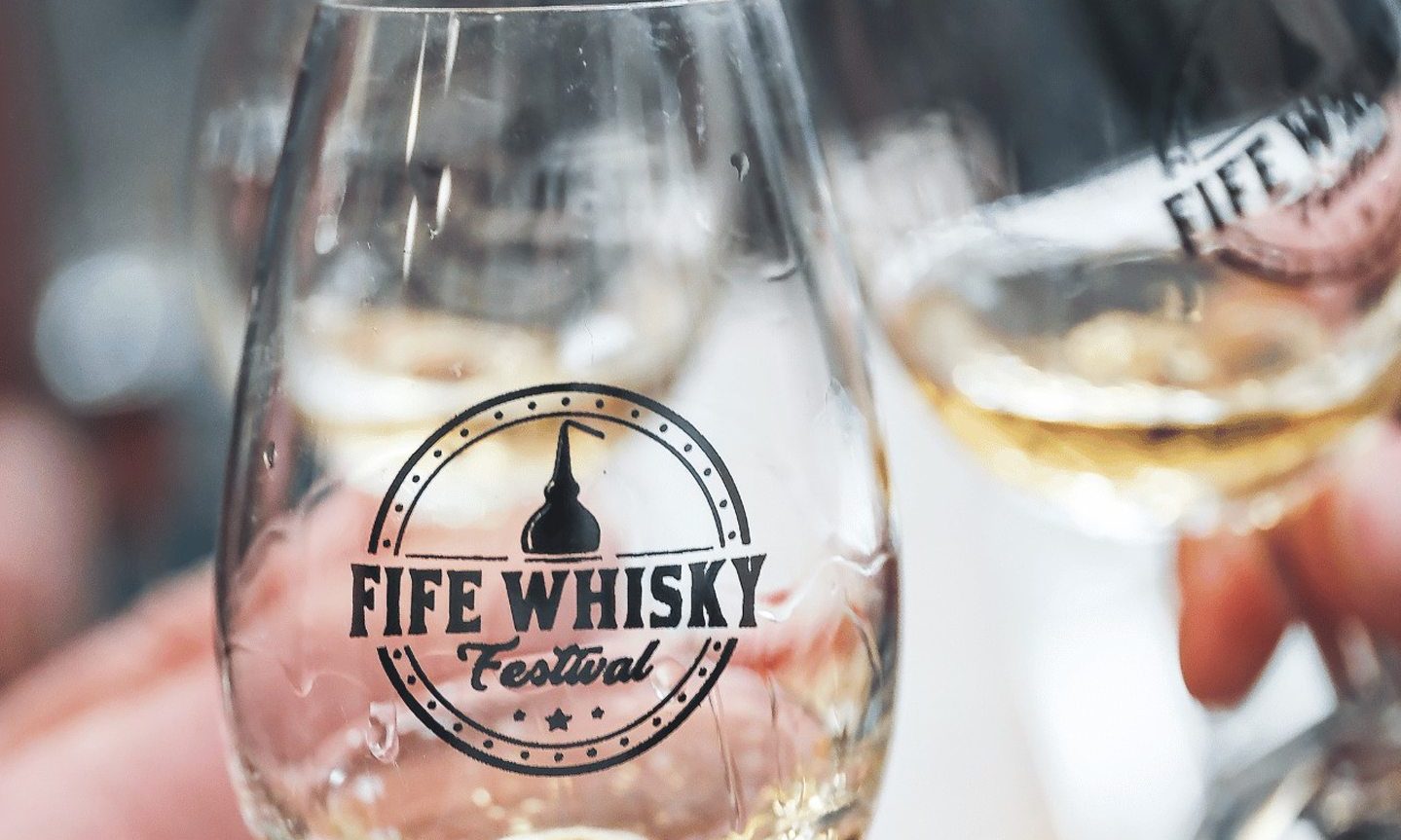
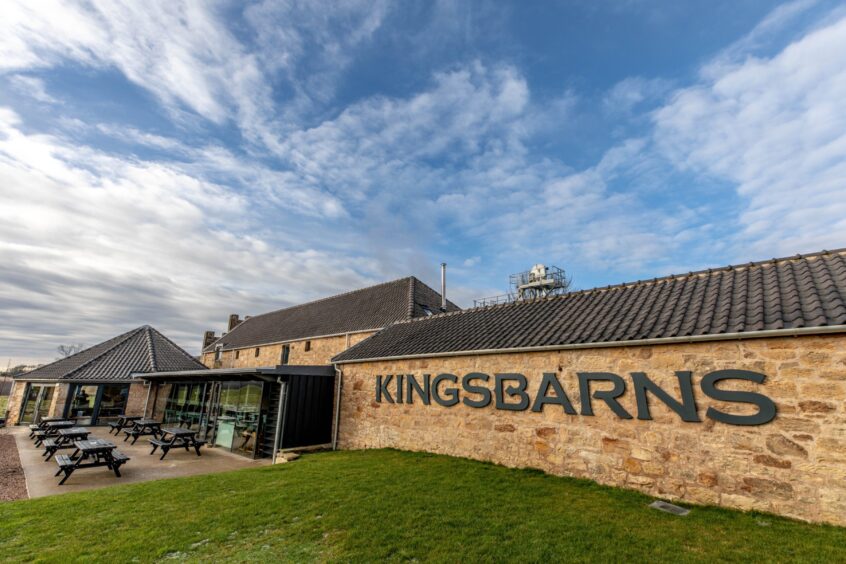

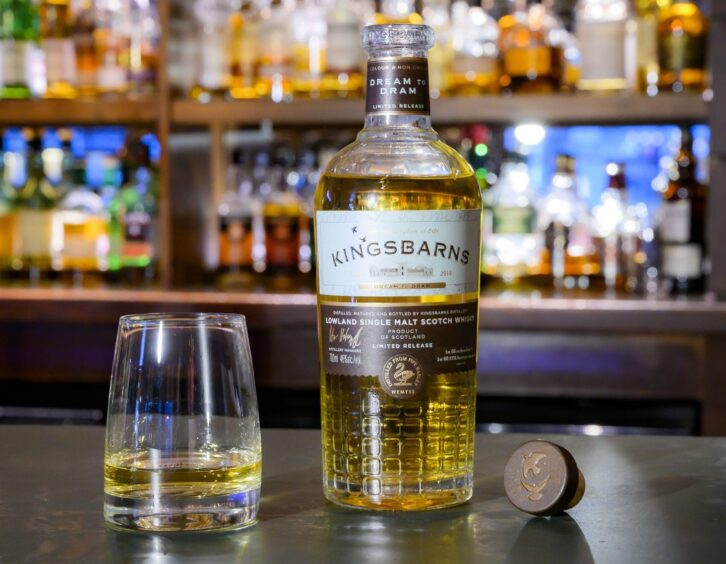
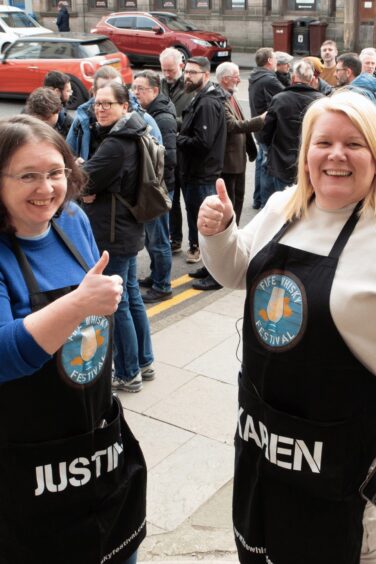
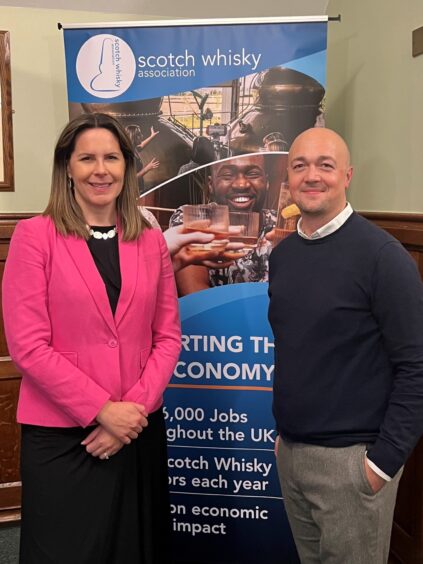
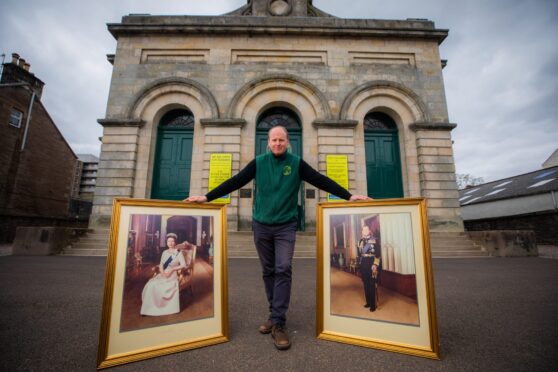
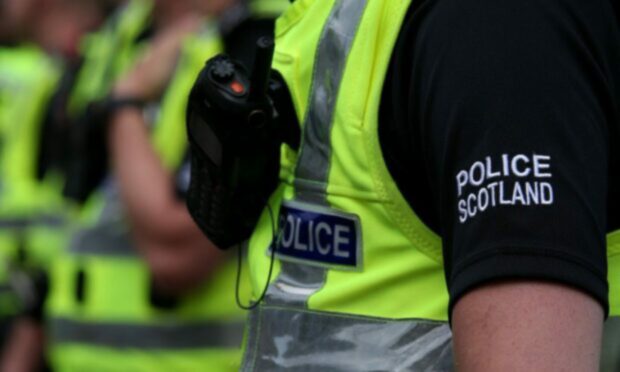




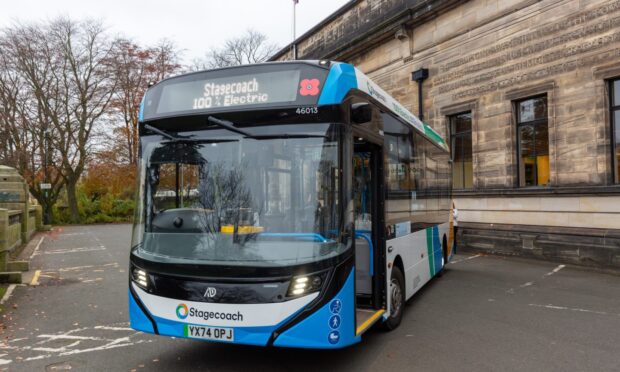
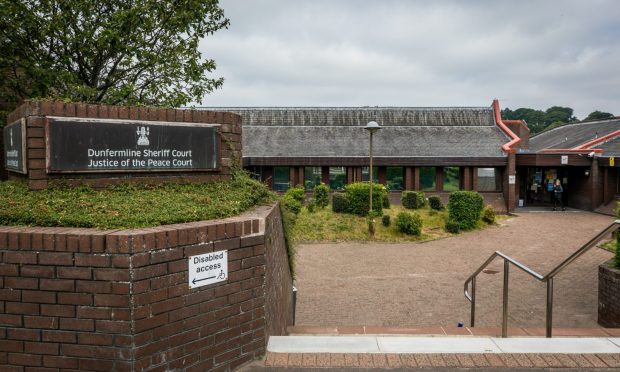
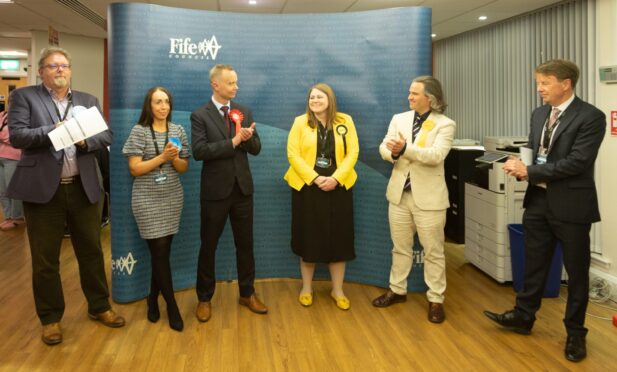

Conversation